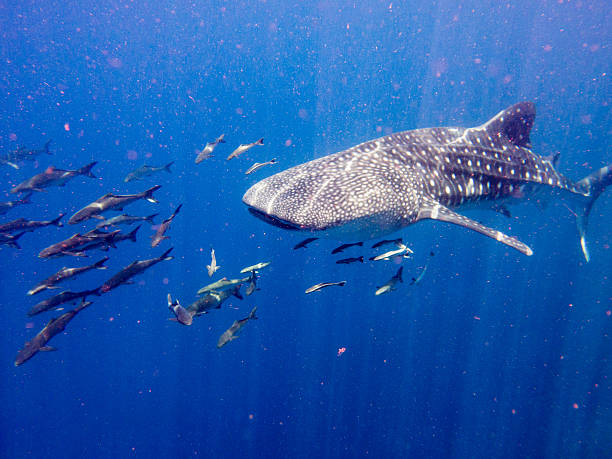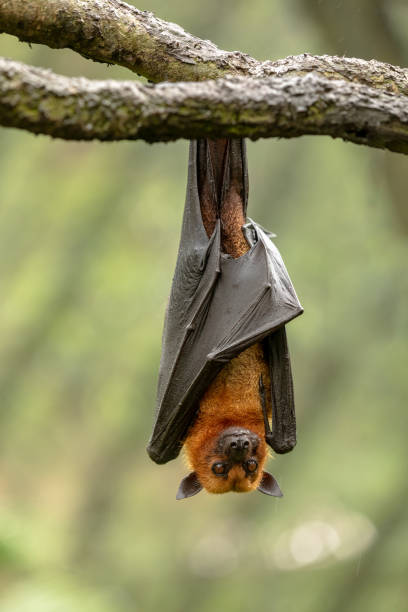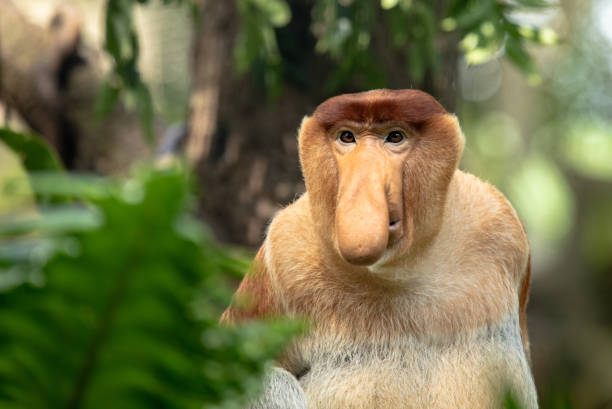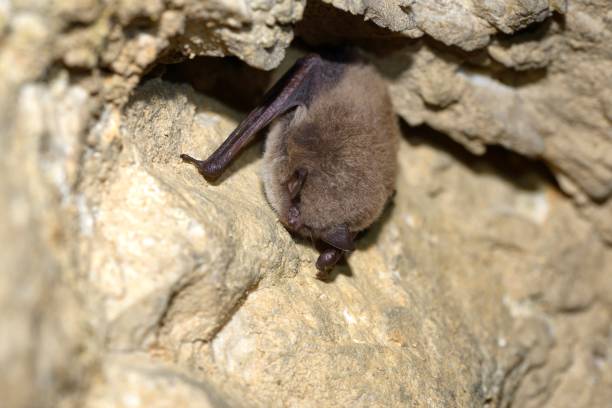
This stunning Whale Shark (Rhincodon typus) image was captured at Koh Haa islands in the Andaman Sea, Krabi, Thailand. Numerous Cobia (Rachycentron canadum) aka Wahoo, can be seen swimming around the Whale Shark. Cobia can grow up to two meters long and are often mistaken for sharks. This image shows their primal instinctive behavior as they use the Whale Shark for both protection and to scavenge unwanted food. This is a particular strategy adopted by Cobia to ensure their success and survival. Whale sharks are pelagic fish who feed on plankton, small fish and are the largest of the extant species. They are classed as vulnerable to extinction on the IUCN red list, due to being hunted for their meat and liver oil, however are now a protected species.


























































